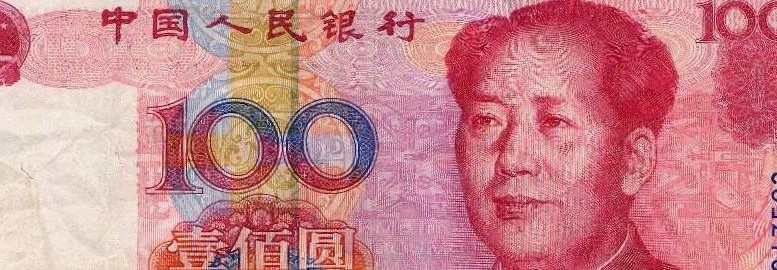The International Monetary Fund (IMF) has decided that the Chinese renminbi (RMB) should be considered a global “reserve” currency.
The move means markets will now prepare for much wider use of the renminbi, also knows as the yuan, in world finance and trade.
The IMF has decided to admit the renminbi (RMB) to its Special Drawing Rights (SDR) basket of reserve currencies alongside the dollar, euro, pound and yen from October 1 next year.
The move is seen as a hugely important milestone for China as it develops its role in the global financial system. The SDR basket is used to determine which currencies countries are allowed to receive as part of IMF loans.
“The executive board’s decision to include the RMB in the SDR basket is an important milestone in the integration of the Chinese economy into the global financial system,” said IMF managing director Christine Lagarde.
“It is also a recognition of the progress that the Chinese authorities have made in the past years in reforming China’s monetary and financial systems.”
The IMF executive board decided that the RMB “met all existing criteria and, effective October 1, 2016 the RMB is determined to be a freely usable currency and will be included in the SDR basket …”
The People’s Bank of China said: “Going forward, China will continue to deepen and accelerate economic reforms and financial opening up, and contribute to promoting world economic growth, safeguarding financial stability and improving global economic governance.”
According to the IMF, the SDR is an “international reserve asset” created by the fund in 1969 “to supplement its member countries’ official reserves.”
